As an experienced safety advocate, we at PAULVICSAFETY, firmly believe that prioritizing safety equipment in the workplace is not just a legal obligation but also a moral responsibility. Let’s delve into why safety gear matters and how it impacts both employees and employers.
1. Protecting Lives and Well-Being
Safety equipment acts as a shield against workplace hazards. Whether it’s a construction site, a manufacturing plant, or an office, accidents can happen anywhere. By providing appropriate safety gear, employers ensure that their workforce is safeguarded from potential injuries. When employees feel secure, they can focus on their tasks without fear, leading to increased productivity.
2. Legal Compliance and Employee Rights
Every worker has the right to a safe work environment. Employers must adhere to occupational safety regulations and standards. Neglecting safety measures not only puts lives at risk but also exposes companies to legal consequences. By providing safety equipment, employers fulfill their duty of care and uphold employee rights.
3. Enhancing Productivity
A safe workplace is a productive workplace. When employees feel confident that their well-being is a priority, they perform better. Reduced accidents mean less downtime for investigations and recovery. Healthy employees are more efficient, leading to improved overall productivity.
4. Reducing Costs
Investing in safety equipment pays off in the long run. Here’s how:
- Fewer Accidents: Proper gear minimizes workplace incidents, resulting in fewer medical expenses and worker’s compensation claims.
- Less Equipment Damage: Safety gear protects industrial equipment. Avoiding damage means lower repair and replacement costs.
- Employee Absenteeism: A safe environment reduces sick leave and absenteeism, ensuring continuous operations.
5. Boosting Employee Confidence
When employers prioritize safety, employees feel valued and respected. Confidence grows, absenteeism rates drop, and morale improves. A workforce that knows its well-being matters becomes more committed and engaged.
Conclusion
Safety equipment isn’t just a checklist item; it’s a lifeline. Employers must invest in quality gear, train employees on its proper use, and create a culture of safety. Remember, a safe workplace isn’t an option—it’s a necessity.
So, let’s equip our workplaces with the right tools, protect lives, and build thriving organizations. Together, we can make safety a priority!
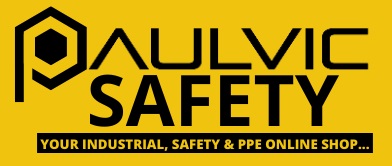
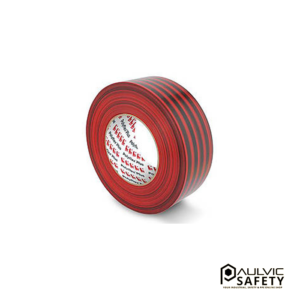
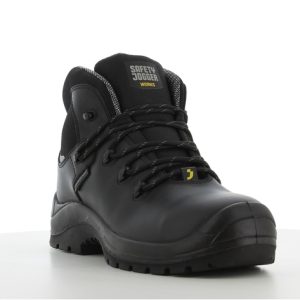
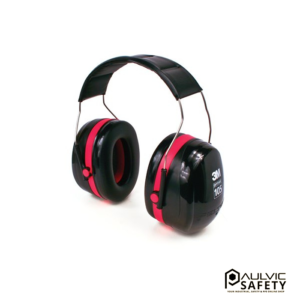
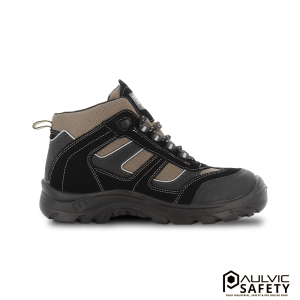
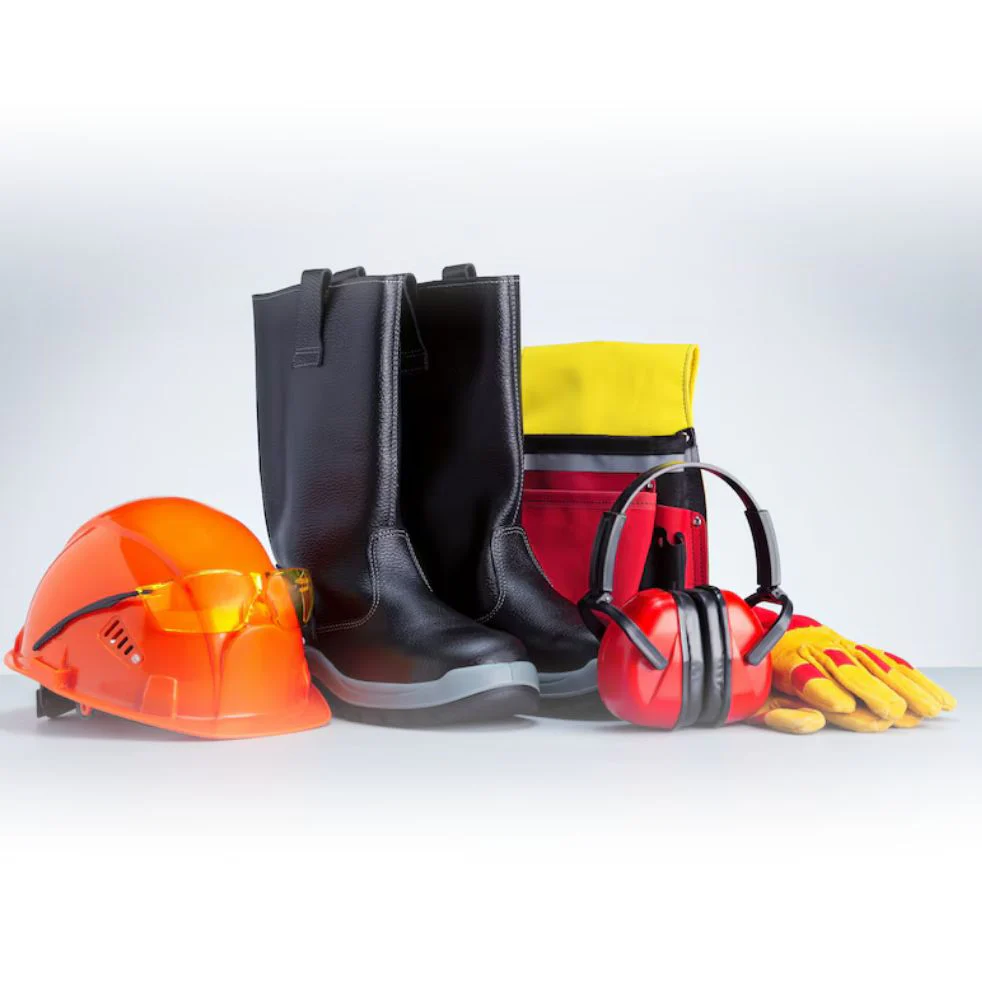
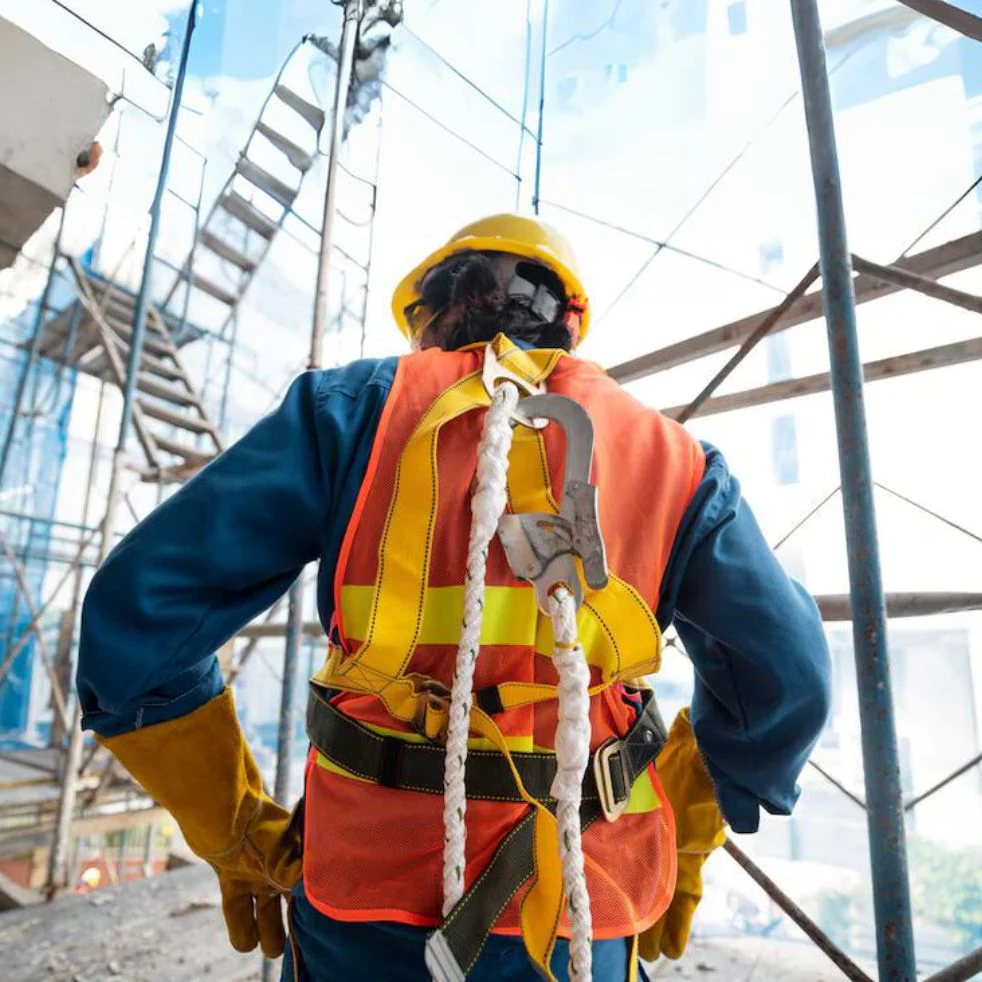
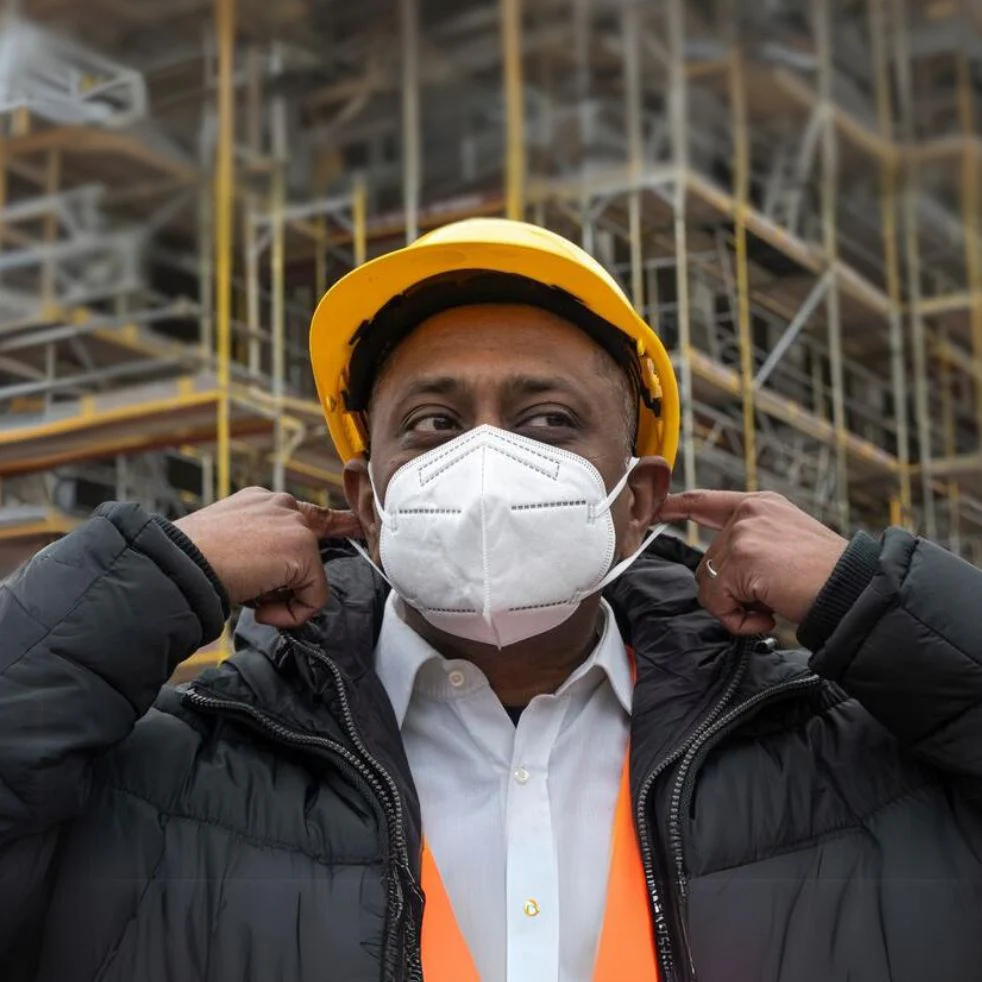
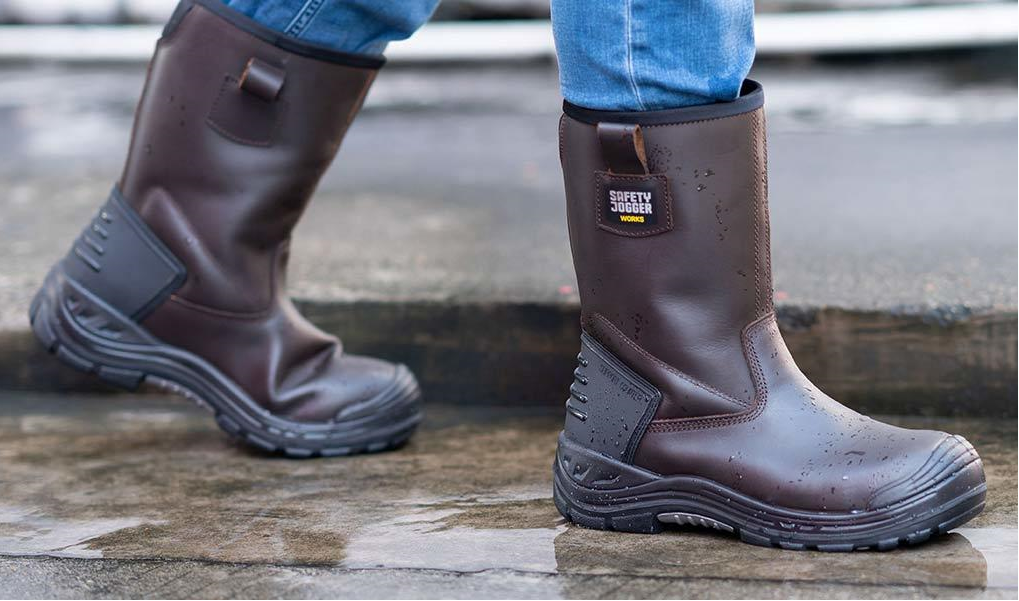
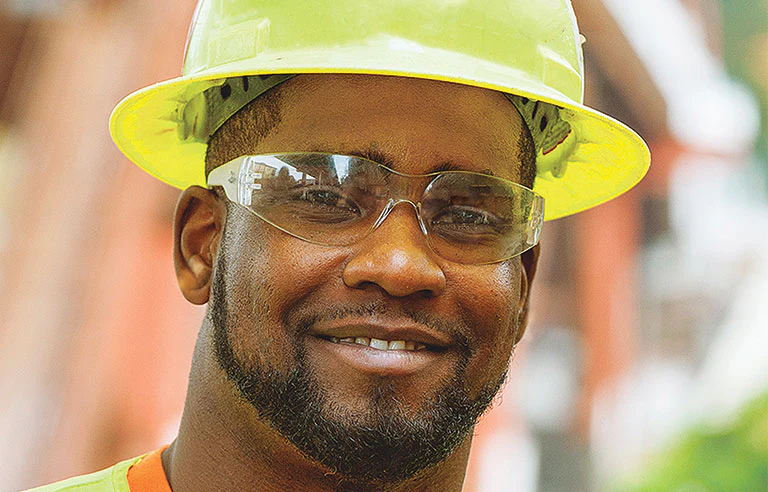
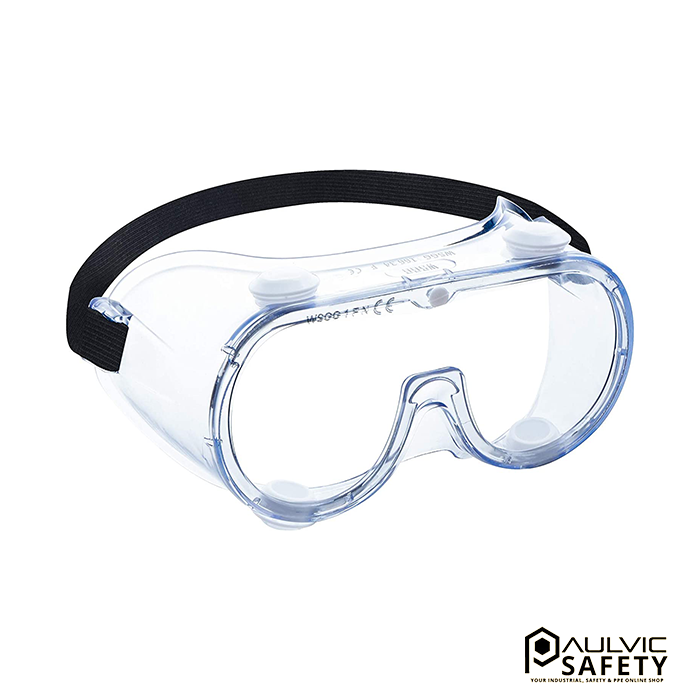
Leave a comment